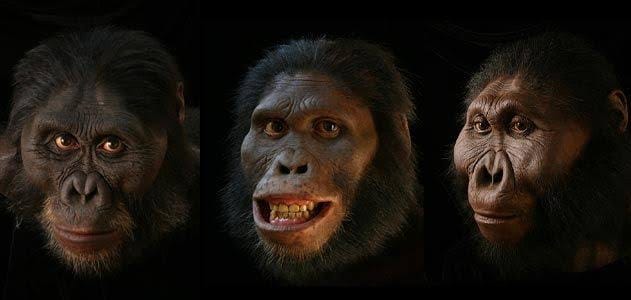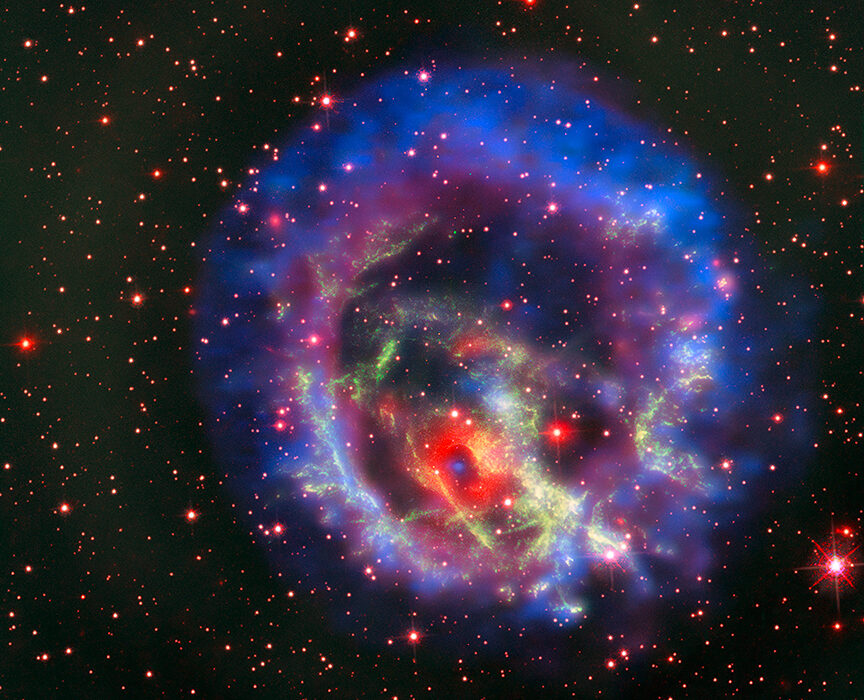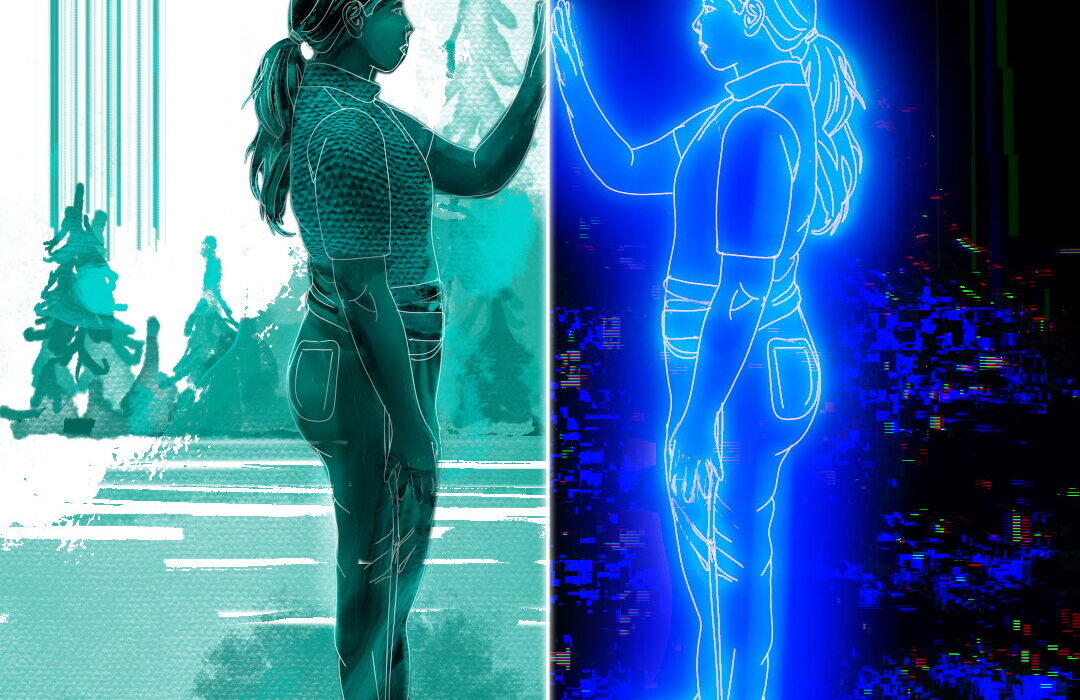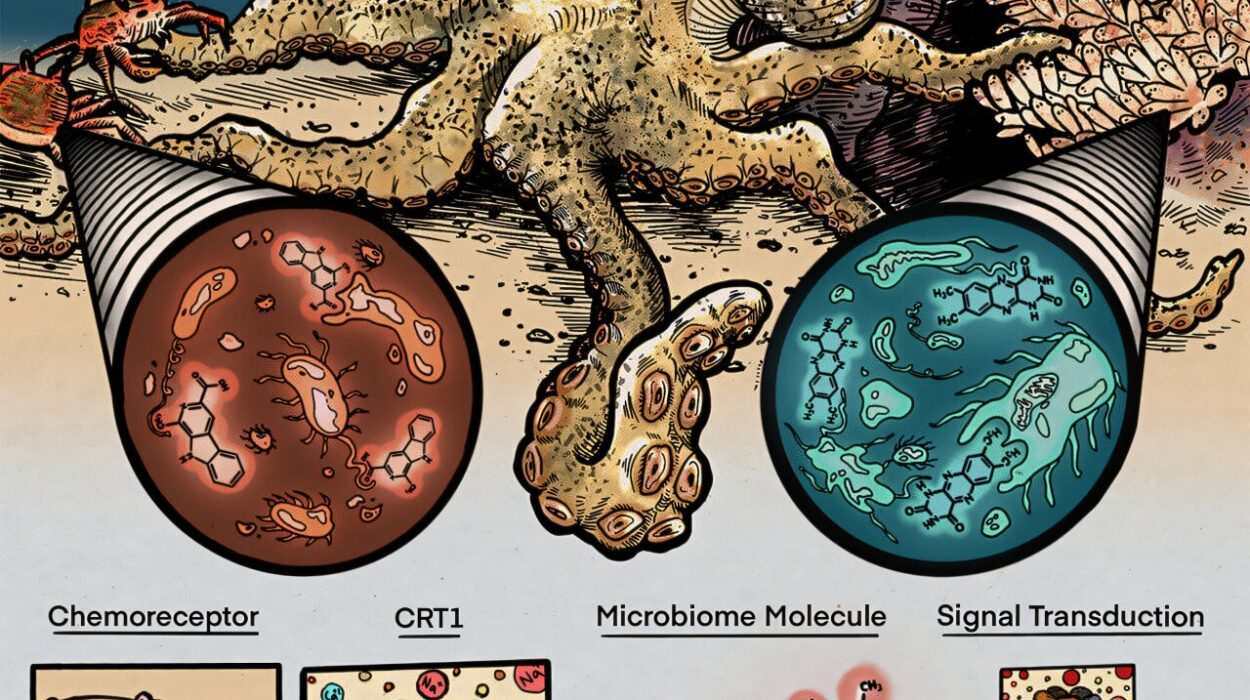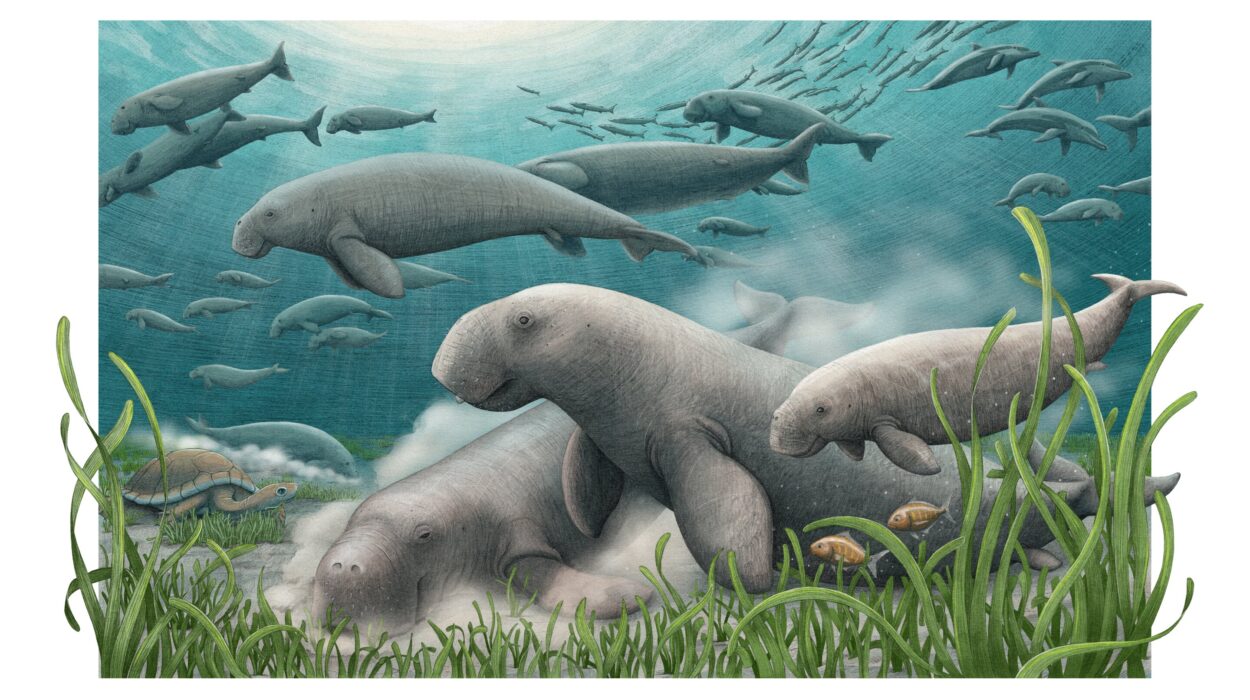From the earliest campfire stories whispered in prehistoric caves to the stained pages of ancient holy books, humanity has always sought an answer to one profoundly haunting question: Where did we come from? This is not just a scientific question, nor solely a religious one—it is existential. It goes to the very heart of what it means to be human.
For centuries, different cultures spun narratives to explain human origins. Some told of gods molding clay into life. Others described cosmic eggs or world-trees birthing creation. Then, in the 19th century, a quiet and observant naturalist named Charles Darwin proposed an idea so powerful and so disruptive that it would shake the pillars of human self-understanding.
That idea was evolution by natural selection. It was elegant in its simplicity, yet devastating in its implications: life, in all its grandeur and complexity, could arise not from divine intervention, but from natural processes acting over immense spans of time.
Since then, the debate between evolution and creationism has become more than a scientific disagreement. It is a cultural flashpoint, a philosophical crossroads, and a spiritual battleground. It is a story about science, but also about belief, identity, and our longing to know the truth of who we are.
Darwin’s Dangerous Idea and the Birth of Modern Biology
When Darwin published On the Origin of Species in 1859, he knew he was not just presenting a biological theory. He was challenging an entire worldview. His central claim was that species were not immutable—they could change, evolve, and diverge into new forms over time. This happened through a natural process where those individuals best suited to their environment survived and reproduced, passing on their traits to the next generation.
To modern biologists, this seems foundational—like the sky being blue or water being wet. But in Darwin’s time, the prevailing belief in Europe was that all life was created by God, each species fixed and perfect, just as the Book of Genesis described. Suggesting otherwise was not merely scientific speculation; it bordered on heresy.
Darwin’s theory, supported by painstaking evidence from fossils, embryology, and comparative anatomy, slowly began to win converts. Over the decades, as genetics emerged and merged with Darwin’s ideas, the modern theory of evolution became the backbone of biology.
But not everyone was ready—or willing—to accept it.
The Creationist Worldview: More Than Just a Belief
Creationism is not a single belief system. It is a wide spectrum of views held by people who generally believe that a divine being created life, often as described in sacred texts like the Bible, the Qur’an, or other religious scriptures. For many Christians in particular, the Genesis account of creation—that God created the world in six days and formed Adam from the dust of the earth—is not symbolic but literal truth.
To creationists, evolution is not just scientifically suspect—it is spiritually dangerous. It undermines the specialness of humanity, calling into question divine purpose, moral authority, and the existence of the soul. If humans are merely the product of random mutations and survival pressures, then what becomes of sin, redemption, and salvation?
This is why creationism remains deeply entrenched, especially in parts of the world where religious faith is woven tightly into cultural identity. It is not simply a resistance to science, but a defense of meaning. For many, to surrender to evolution is to surrender the very foundation of their worldview.
The Science of Evolution: A Universe in Motion
The evidence for evolution is overwhelming and spans many scientific fields. Fossil records show a clear progression of life forms, from simple to complex. We see transitional forms—like Archaeopteryx, the feathered dinosaur that bridges reptiles and birds—or Tiktaalik, the fish-like creature that hints at the transition to amphibians.
Genetics has added even more weight. DNA comparisons reveal how closely related humans are to other species. We share about 98.8% of our DNA with chimpanzees, indicating a recent common ancestor. The more distant the relationship, the greater the genetic differences—just as evolution predicts.
We also observe evolution happening in real time. Bacteria evolve resistance to antibiotics. Insects adapt to pesticides. Species shift traits in response to environmental changes. Evolution is not an abstract theory about ancient life—it is a living, breathing process observable in the world around us.
But science does not claim to answer every question. Evolution explains how life changes, not necessarily why it exists. It does not negate meaning, but it does relocate it—from the heavens to the Earth, from divine command to natural consequence.
Creation Science and Intelligent Design: A New Strategy
In the 20th century, some religious thinkers tried to reframe creationism in scientific terms. They promoted what became known as “creation science,” which sought to reinterpret geological and biological evidence to fit the biblical narrative. For example, the idea of a global flood during Noah’s time was offered as an explanation for fossil layers and sedimentary rock.
However, mainstream scientists rejected these claims, not because of anti-religious bias, but because the methodologies were flawed. Creation science started with a conclusion (the Bible is literally true) and then tried to find evidence to support it. This is the opposite of the scientific method, which begins with observation and follows the data wherever it leads.
A more sophisticated version emerged in the 1990s under the name “Intelligent Design.” Its advocates argued that some biological structures are too complex to have evolved through random mutation and natural selection alone. They pointed to things like the bacterial flagellum or the human eye as examples of “irreducible complexity.”
But again, scientists pushed back. Evolutionary biology offers plausible, evidence-based pathways for the development of such systems. Courts in the United States ultimately ruled that Intelligent Design was a form of creationism in disguise, and not science.
The Classroom Battlefield: Who Gets to Decide What Truth Is?
The debate over evolution and creationism has often played out most fiercely in schools. In the United States, this has led to a series of high-profile court cases.
In 1925, the famous Scopes “Monkey Trial” pitted a young teacher, John Scopes, against the state of Tennessee for teaching evolution in violation of state law. Though Scopes was convicted, the trial brought national attention to the issue and made a hero out of his defense lawyer, Clarence Darrow.
Decades later, the Supreme Court ruled in Edwards v. Aguillard (1987) that requiring the teaching of creationism in public schools was unconstitutional. It violated the separation of church and state. Similar rulings followed regarding Intelligent Design.
But the cultural divide has not disappeared. In some communities, pressure remains to either ban evolution or “balance” it with religious teachings. Science textbooks are edited, teachers are silenced, and students grow up unsure whether science is just another belief system.
This is not merely an academic dispute. It speaks to a deeper conflict about truth, authority, and identity. Who decides what is real? Can faith and science coexist, or must they always be at odds?
Faith and Evolution: Are They Incompatible?
One of the most damaging myths of the evolution vs. creationism debate is that it must be an either/or choice—that one must pick between Darwin and God. But many scientists and theologians reject this binary framing.
There are countless people of deep faith who accept the evidence for evolution. Some see it as the mechanism through which God created life—an unfolding of divine will through natural law. The Catholic Church, for example, has officially stated that evolution is not incompatible with Christian faith, so long as it is understood that the human soul is a unique creation.
This position, known as theistic evolution or evolutionary creationism, allows believers to maintain their spiritual beliefs while embracing the findings of modern science. It does not resolve all tensions, but it offers a pathway toward harmony rather than hostility.
It’s worth noting that Darwin himself was not an atheist. His views on religion evolved over time—he struggled with the suffering he saw in nature and the death of his beloved daughter, Annie. He ultimately described himself as agnostic. But he was never militant. He believed in the power of evidence and reason, but he also understood the emotional weight of belief.
Why the Debate Still Burns: More Than Science
At its core, the evolution vs. creationism debate is not just about fossils or DNA. It’s about identity. For many, accepting evolution feels like giving up something sacred—a worldview, a tradition, a sense of cosmic purpose.
And for others, defending evolution is about protecting rational inquiry, critical thinking, and freedom from dogma. It is a stand for evidence over ideology.
These are not easy differences to bridge. They go beyond facts and into values. That is why debates become so passionate, so personal, and so persistent.
Education plays a vital role. When students learn what evolution really is—and isn’t—they are less likely to see it as an attack on faith. When they are taught to ask questions and seek understanding, rather than memorize dogma (religious or scientific), they become better thinkers, better citizens, and better humans.
The Wonder of It All: Awe in Science and Spirit
There is a profound beauty in the story that evolution tells. A single cell becoming a fish, becoming a lizard, becoming a bird, becoming a human—it is a story of transformation, survival, and staggering complexity. It is poetry written in DNA, logic etched in bone.
And for those who believe in a Creator, why should such a method diminish that belief? Would a God who creates through galaxies, gravity, and genetics be any less majestic than one who molds life like a potter shapes clay?
The real enemy is not religion or science—it is ignorance. It is the false belief that one must choose between facts and faith, between mystery and knowledge.
Because the truth is: the universe is big enough for both.
Conclusion: Bridging Worlds with Curiosity and Compassion
The debate between evolution and creationism is unlikely to vanish anytime soon. It touches on our deepest fears and highest hopes. It demands not only scientific understanding but emotional intelligence, empathy, and humility.
But perhaps we can move beyond conflict by reframing the conversation. Instead of asking “Which is right?” we can ask, “What can we learn from each other?” Instead of shouting, we can listen. Instead of drawing lines, we can build bridges.
Evolution tells us we are connected to every living thing, bound by the same thread of life that stretches back billions of years. Creationism tells us we are more than biology—that we are beings of purpose, value, and moral responsibility.
Maybe both are trying to answer the same yearning: to know that we matter, that our lives are not accidents, and that the universe is not indifferent to our existence.
Whether one believes that truth lies in the fossil record, the scriptures, or somewhere in between, we must never lose sight of the shared humanity that drives us to seek truth at all.
That search, after all, is older than evolution—and perhaps, just perhaps, it is part of creation itself.
